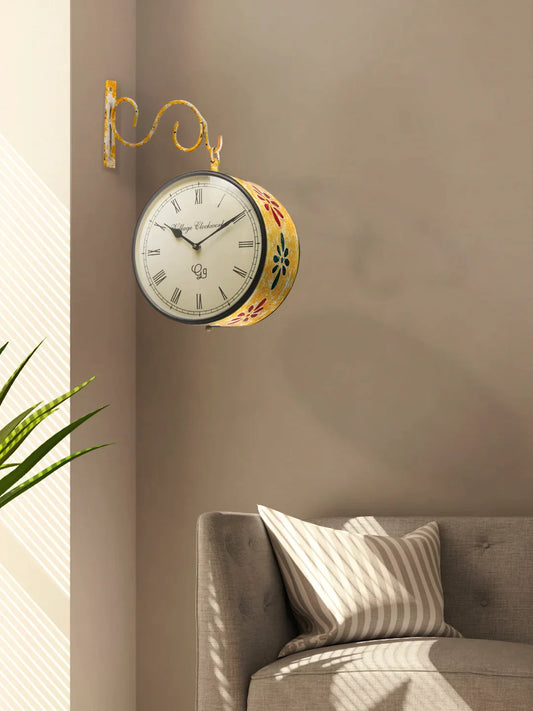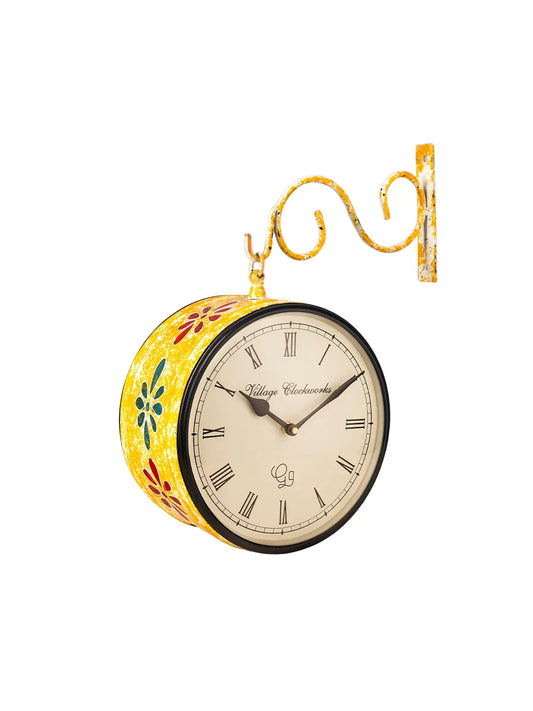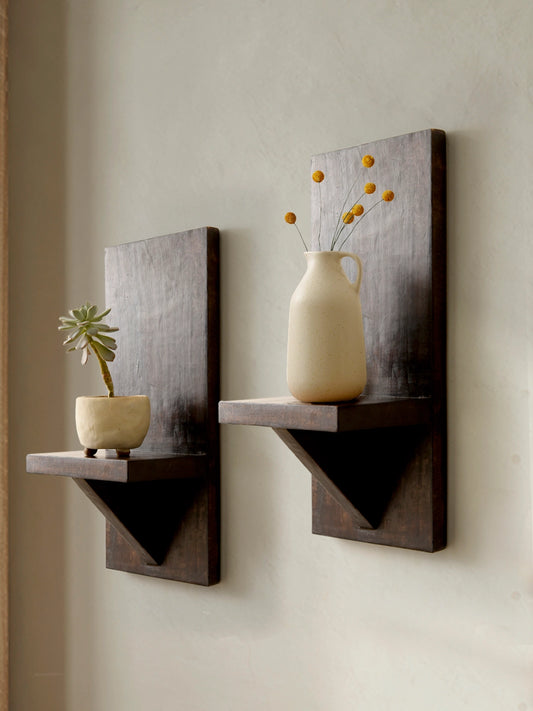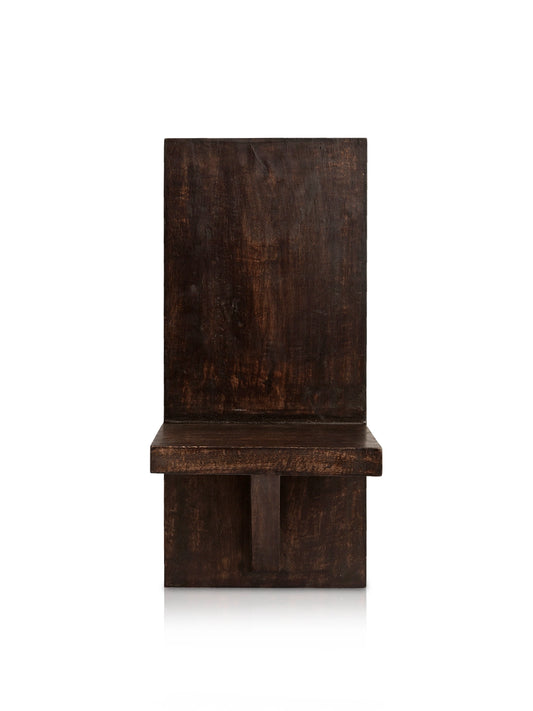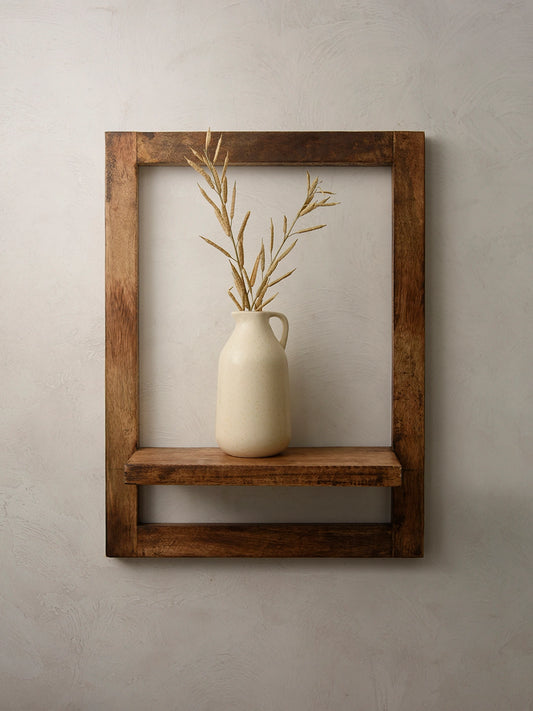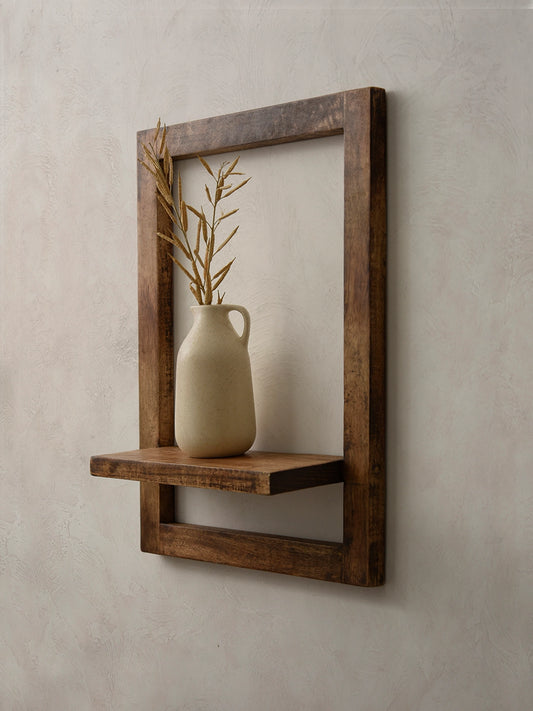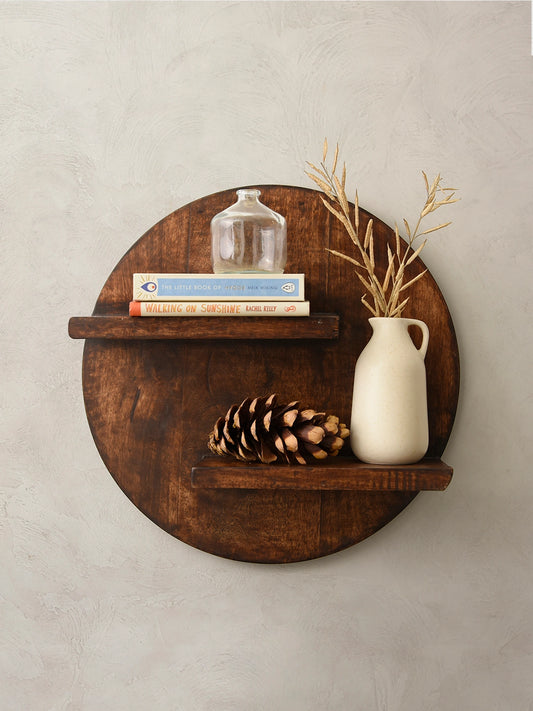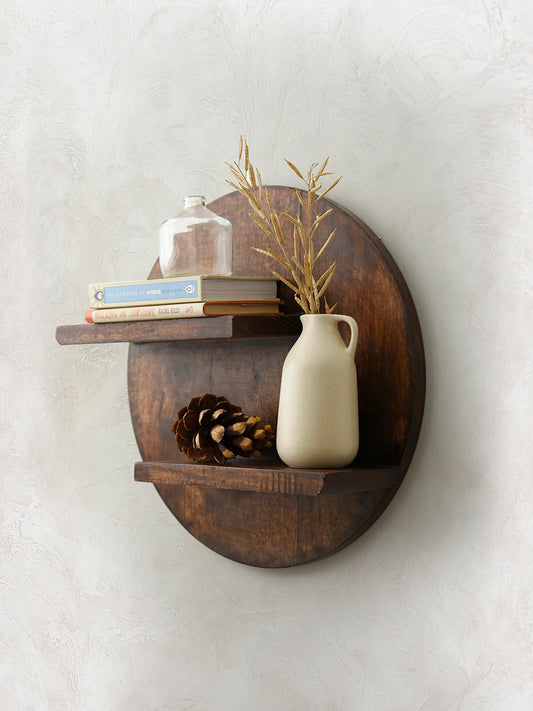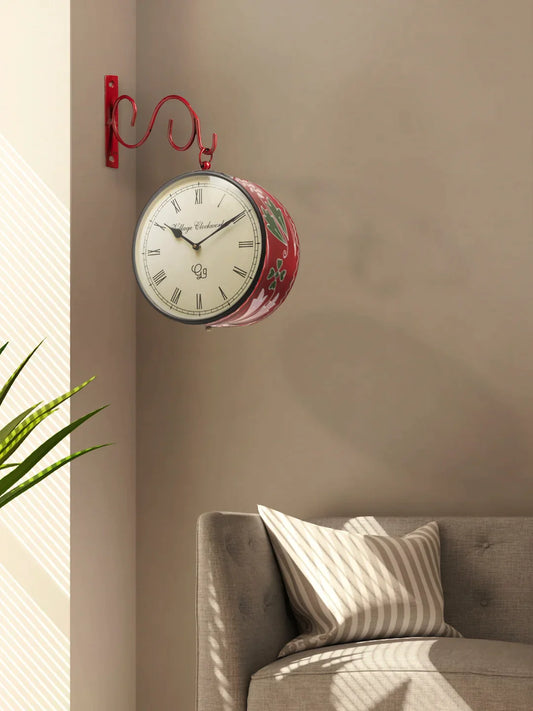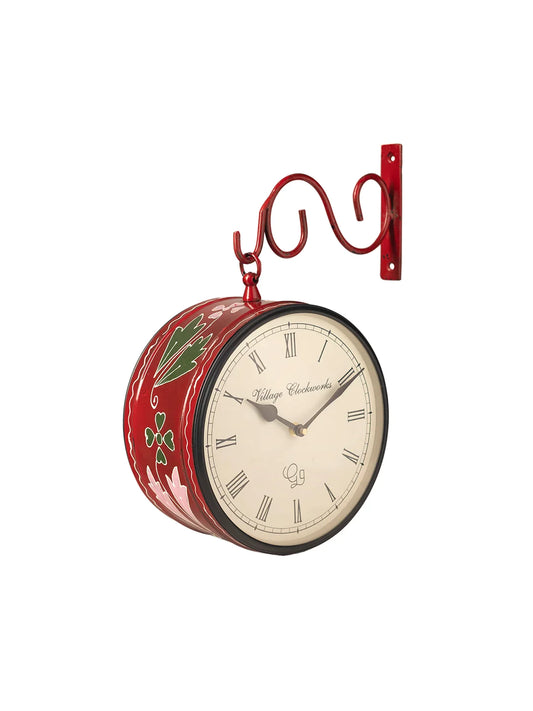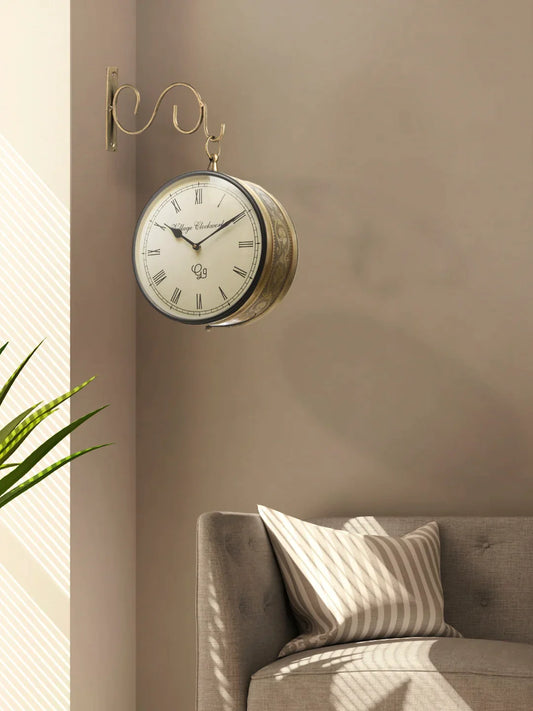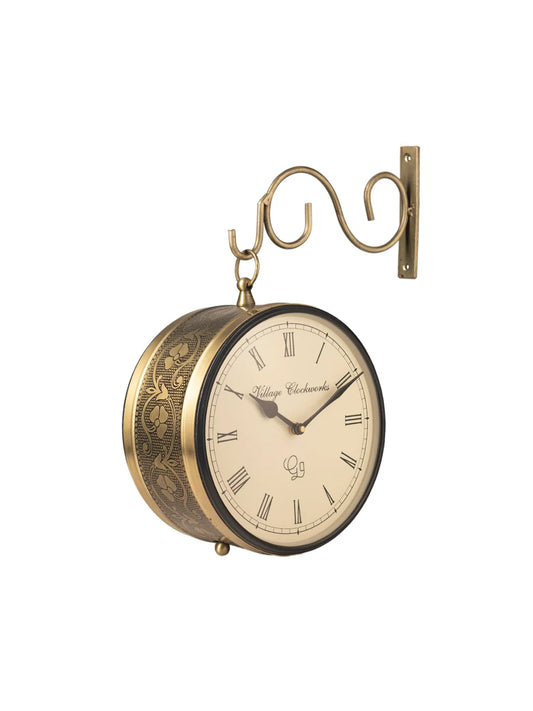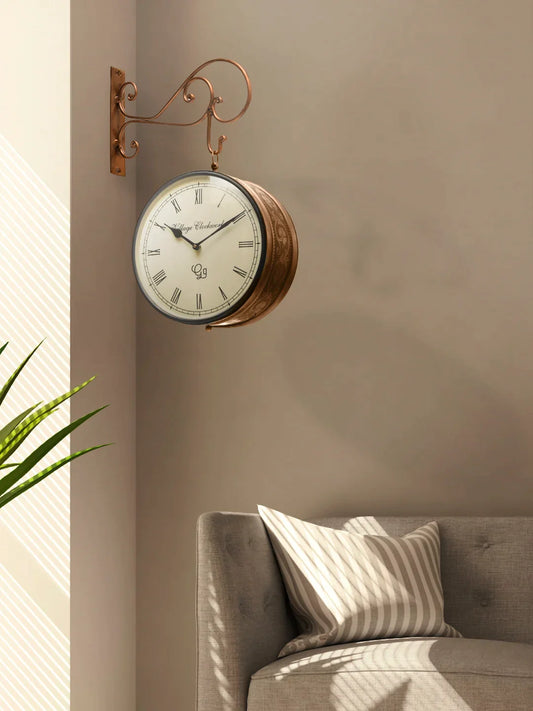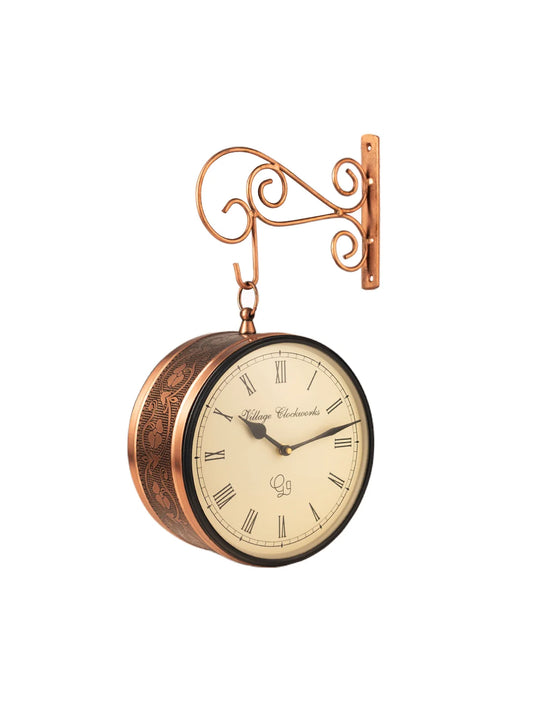I. Introduction
Lighting is a vital aspect of interior design, directly influencing both functionality and ambiance. A well-thought-out lighting plan transforms a space, adding depth and character while enhancing its usability. The key to effective lighting lies in layering, which combines ceiling, floor, and table lamps to address diverse lighting needs. In this guide, we’ll explore how to create a professional lighting plan, room by room, using these three main lighting types.
II. Understanding Lighting Layers
Successful lighting designs incorporate three key layers:
Ambient Lighting (General Illumination):- Provides overall illumination to a space. Examples include chandeliers, ceiling-mounted fixtures, and recessed lights.
- Enhances functionality by illuminating specific areas for activities such as reading, cooking, or working. Table lamps and floor lamps often serve this purpose.
- Adds visual interest by spotlighting architectural features, artwork, or décor elements.
III. Living Room Lighting Strategy
The living room is a hub for relaxation, entertainment, and social gatherings, requiring versatile lighting solutions.
Ceiling Lighting Options
- Chandeliers: Act as a focal point while providing ambient light. Ideal for living rooms with high ceiling lamps.
- Recessed Lights: Offer unobtrusive general lighting, perfect for modern aesthetics.
- Flush Mount Fixtures: Suitable for smaller or minimalist spaces, delivering clean, uniform illumination.
Floor Lamp Placement and Selection
- Reading Corners: Position a floor lamp with an adjustable arm near a cozy chair or sofa.
- Furniture Layout Complementation: Floor lamps can frame seating areas, adding symmetry and style.
Table Lamp Selections
- Side Table Arrangements: Place table lamps on end tables or consoles to add layers of light.
- Creating Visual Interest: Choose lamps with unique designs or textures to double as decorative pieces.
Practical Lighting Scenarios
- Entertainment: Opt for dimmable ceiling lights and soft table lamps to create a cinematic ambiance.
- Relaxation: Use warm, diffused light from floor and table lamps to promote comfort.
IV. Bedroom Lighting Design
The bedroom should foster relaxation and intimacy while accommodating functional needs like reading or dressing.
Ceiling Lighting Considerations
- Dimmable Overhead Lights: Provide flexible illumination for different times of the day.
- Fan-Light Combinations: Integrate airflow and lighting in one fixture, especially for compact bedrooms.
Strategic Floor Lamp Placement
- Beside Dressers: Use slim floor lamps to illuminate dressing areas without taking up valuable surface space.
- Near Seating Areas: For bedrooms with seating, a floor lamp can define the space and provide task lighting.
Bedside Table Lamp Selections
- Size and Scale: Choose lamps proportional to the bedside tables and bed.
- Functionality: Opt for lamps with adjustable brightness or built-in charging ports for added convenience.
Creating a Restful Environment
Layer ambient, task, and accent lighting to allow easy transitions from evening relaxation to nighttime rest.
V. Kitchen Lighting Approach
Kitchens require bright, focused lighting to support cooking and dining while maintaining a welcoming atmosphere.
Ceiling Lighting Essentials
- Recessed Task Lighting: Ensures even illumination across countertops and workspaces.
- Pendant Lights: Install over islands or dining counters for functional yet stylish lighting.
Under-Cabinet Lighting Techniques
- Use LED strips or puck lights under cabinets for targeted illumination and a sleek appearance.
Floor Lamp Alternatives
In open-concept kitchens, floor lamps can subtly delineate the cooking and dining zones while providing supplemental light.
Accent Lighting for Culinary Spaces
Highlight decorative features with small LED spotlights, such as backsplashes or open shelves.
VI. Home Office Lighting
A home office demands lighting that supports productivity while minimizing eye strain.
Ceiling Light Requirements
- Choose fixtures that evenly distribute light to reduce shadows and maintain focus.
Task Lighting with Adjustable Floor and Desk Lamps
- Adjustable lamps are essential for illuminating work surfaces without glare.
Reducing Eye Strain
- Balance natural light with artificial sources, using curtains or blinds to diffuse sunlight.
Ergonomic Lighting Considerations
- Position light sources to avoid screen glare and ensure comfort during prolonged work sessions.
Dining Room Illumination
Dining spaces thrive on layered lighting that balances functionality and mood.
Dramatic Ceiling Fixtures
- Chandeliers or pendant lights above the dining table act as a focal point and set the tone for the room.
Complementary Floor and Table Lamp Placements
- Use floor lamps in corners and table lamps on buffets to enhance ambiance.
Creating Ambiance for Different Dining Experiences
- Use dimmable lighting to shift from casual dinners to formal gatherings seamlessly.
Bathroom Lighting Plan
Bathrooms need a combination of practicality and elegance in lighting.
Ceiling Lighting for Overall Illumination
- Flush mounts or recessed lighting provide even coverage in bathrooms.
Task Lighting Around Mirrors
- Vertical sconces or backlit mirrors eliminate shadows for grooming tasks.
Accent Lighting Techniques
- Add mood lighting with waterproof LED strips around tubs or behind mirrors.
Safety and Moisture Considerations
- Choose fixtures rated for damp or wet locations to ensure durability and compliance.
Outdoor and Transitional Spaces
Extend your lighting plan to outdoor areas for cohesive indoor-outdoor living.
Ceiling Lighting for Patios and Covered Areas
- Ceiling fans with integrated lights or outdoor-rated chandeliers enhance comfort and style.
Floor Lamp Options for Outdoor Living Spaces
- Portable, weatherproof floor lamps create inviting outdoor seating areas.
Table Lamp Selections for Covered Porches
- Add soft, warm light with battery-operated or solar-powered table lamps.
VII. Technical Considerations
Effective lighting requires attention to technical details:
- Color Temperature Selection: Warm white (2700K–3000K) is ideal for cozy spaces, while cool white (4000K–5000K) suits work areas.
- Lumens and Brightness Guidance: Calculate lumens based on room size and intended use to achieve optimal brightness.
- Energy-Efficient Lighting Options: Choose LED fixtures for sustainability and cost-effectiveness.
- Smart Lighting Integration: Use smart bulbs and switches for customizable, remote-controlled lighting solutions.
Troubleshooting Common Lighting Mistakes
Avoid these pitfalls for a seamless lighting design:
- Overlighting vs. Underlighting: Balance is key to prevent harsh or insufficient lighting.
- Proper Fixture Sizing: Select fixtures proportional to the room and furniture.
- Avoiding Harsh Shadows: Layer light sources and use diffused fixtures.
VIII. Conclusion
A well-designed lighting plan transforms any space, combining aesthetics with functionality. By layering ceiling, floor, and table lamps, you can create a harmonious environment tailored to your needs. Experiment with different styles and configurations to personalize your lighting design, enhancing the beauty and utility of your home. With thoughtful planning, lighting becomes more than illumination—it’s an integral part of interior design.


